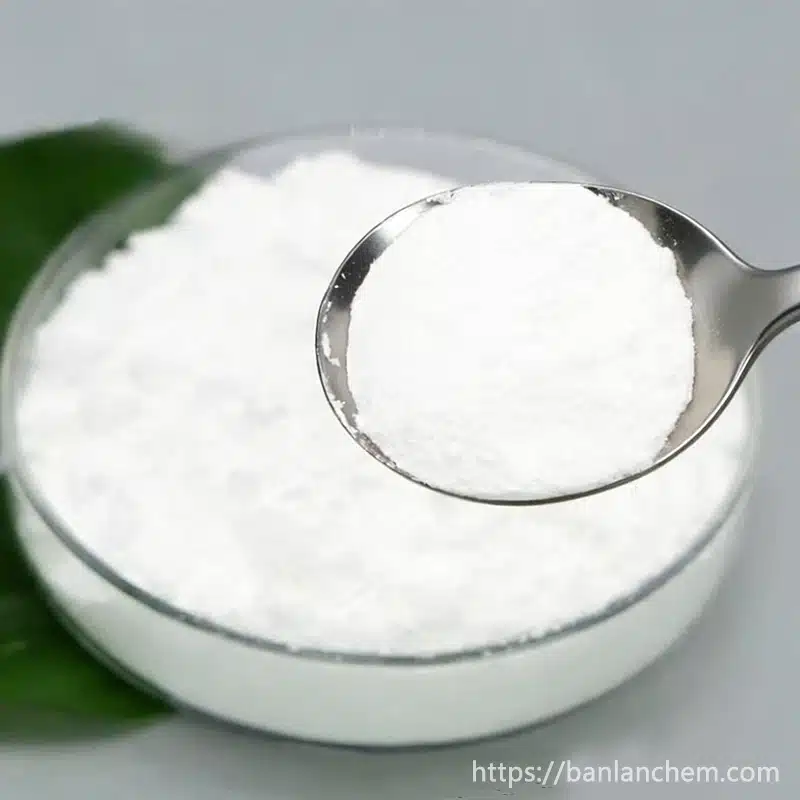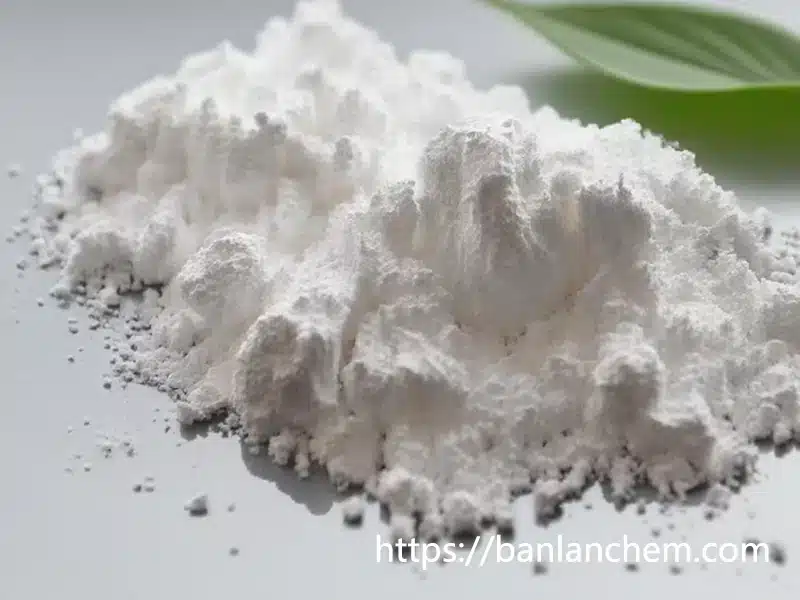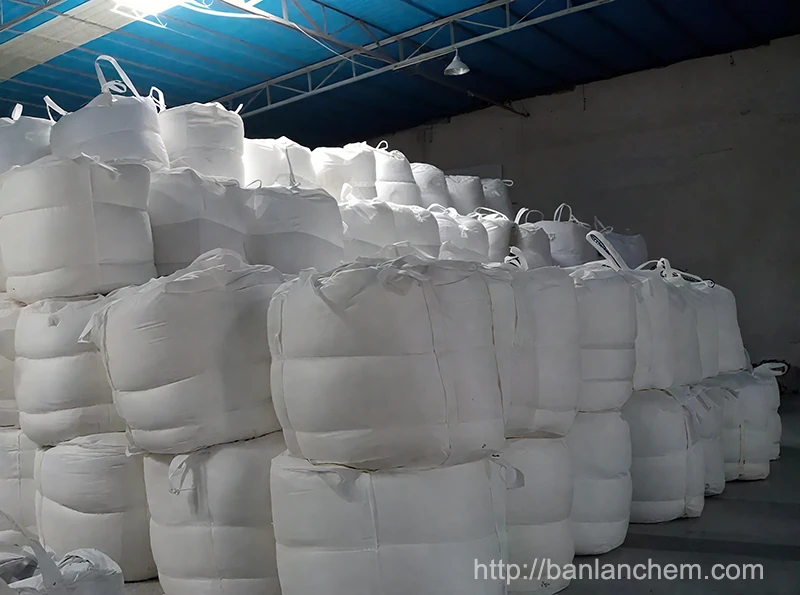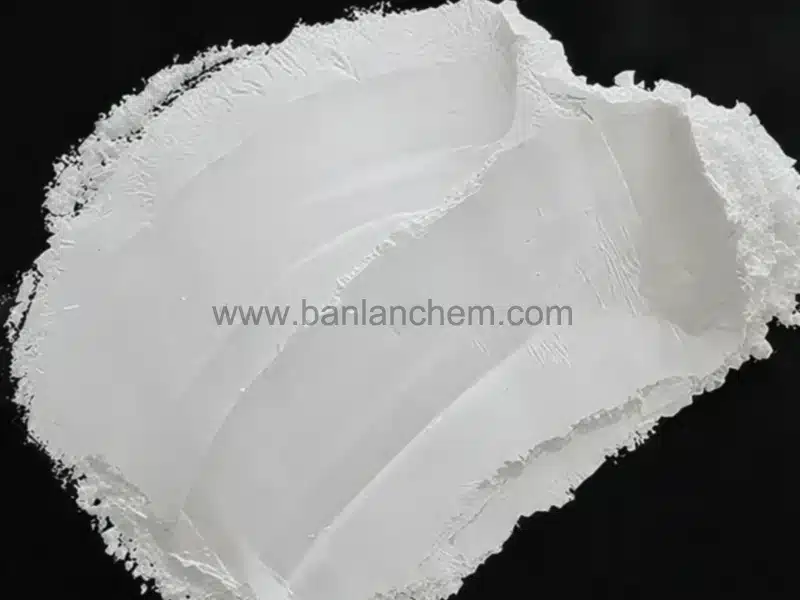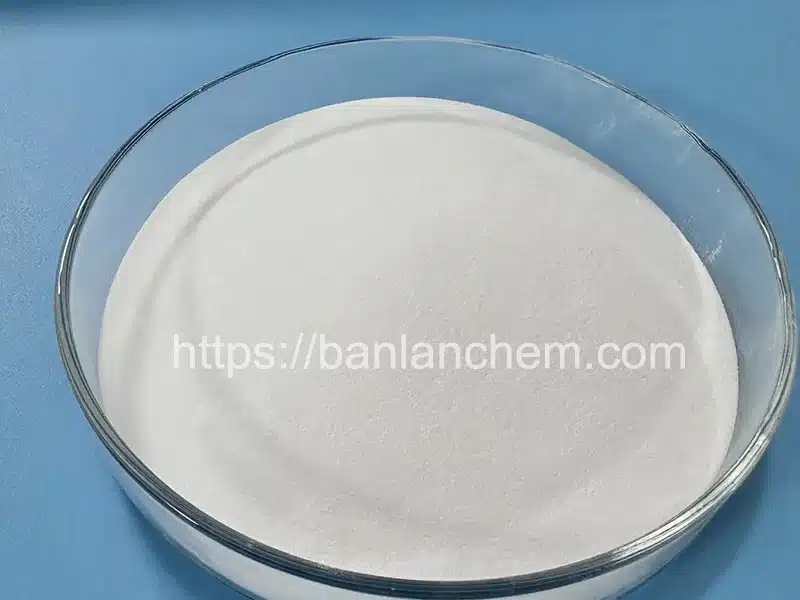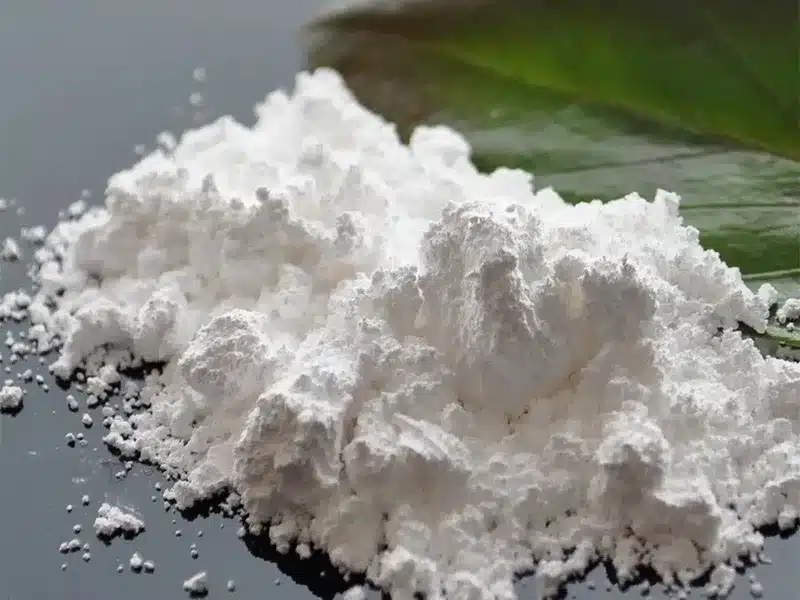What is Aluminum Hydroxide Used For? Properties, Benefits & Industrial Applications
Date: August-28-2025 Categories: News、Aluminium Hydroxide Views: 151
Aluminum hydroxide, also called alumina trihydrate (ATH), is a white, inert, halogen-free filler widely used for flame retardancy, smoke suppression, and as a high-whiteness functional filler in polymers, artificial marble/solid surfaces, coatings, and more. With the chemical formula Al(OH)3, it releases water when heated (endothermic decomposition), which helps delay ignition and reduce smoke.
- Overview: What It Is
- Key Properties & Benefits
- Typical Specifications & Grades
- What Is Aluminum Hydroxide Used For?
- Grade Selection Guide
- FAQs
- Request Samples & Technical Support
Overview: What It Is
Aluminum hydroxide (ATH) is the most widely used mineral flame retardant. In polymer systems, it mitigates fire risk by absorbing heat and releasing water vapor above ~200 °C, which dilutes combustible gases. Its excellent whiteness, chemical stability, and cost-effectiveness also make it a go-to filler in artificial marble/solid surface, coatings, sealants, and paper.
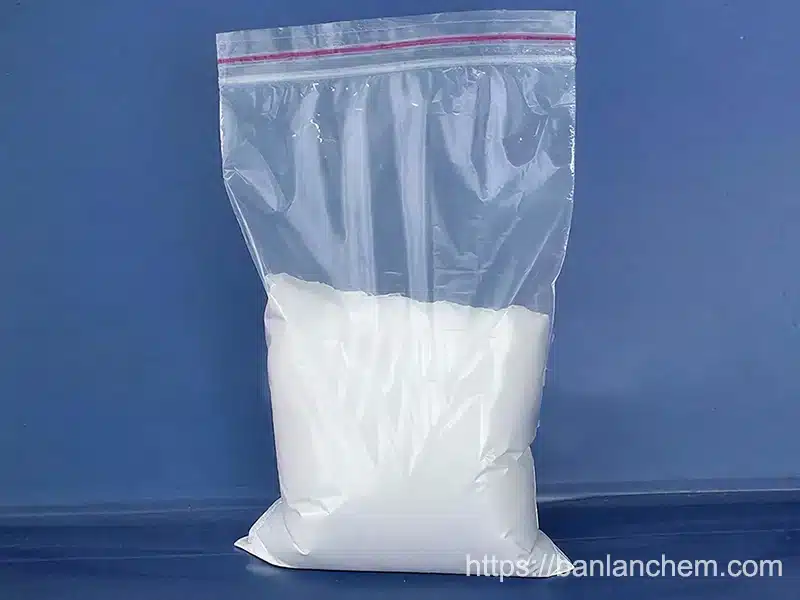
For fundamentals, see our post: What is Alumina Trihydrate (ATH)?
Key Properties & Benefits
- Halogen-free flame retardancy: endothermic dehydration reduces heat and smoke.
- Smoke & toxic gas suppression: released water dilutes combustible gases.
- High whiteness: ideal for color-sensitive compounds and artificial stone.
- Chemical inertness: stable in many polymer and coating systems.
- Cost-effective loading: typically 30–60% by weight in LSZH cable compounds (formulation-dependent).
- Surface-modifiable: stearic acid/silane treatments enhance dispersion and mechanical performance (see surface modification).
Typical Specifications & Grades
Exact specifications vary by grade and application. Typical ranges include:
- Purity (as Al(OH)3): high-purity industrial grades.
- Particle size (D50): from ~1 µm microfine to 10–20 µm standard filler grades.
- Whiteness: high whiteness grades for color-critical uses.
- Na2O / Fe2O3: low alkali/iron for electrical and optical requirements.
- Surface treatment: untreated, stearic acid, silane, etc.
Explore Banlanchem’s related products:
- Wet Aluminum Hydroxide for Flame Retardant
- High Whiteness Aluminum Hydroxide for Filler
- 3N High Purity Aluminum Hydroxide
- Process note: Dried vs. Wet Aluminum Hydroxide—uses & differences
What Is Aluminum Hydroxide Used For?
1) Wire & Cable (LSZH) Compounds
ATH is the primary flame retardant/filler in low smoke zero halogen (LSZH) cable compounds. It provides flame retardancy, smoke suppression, and good electrical properties. Typical loadings are high (formulation-specific) to meet stringent standards.
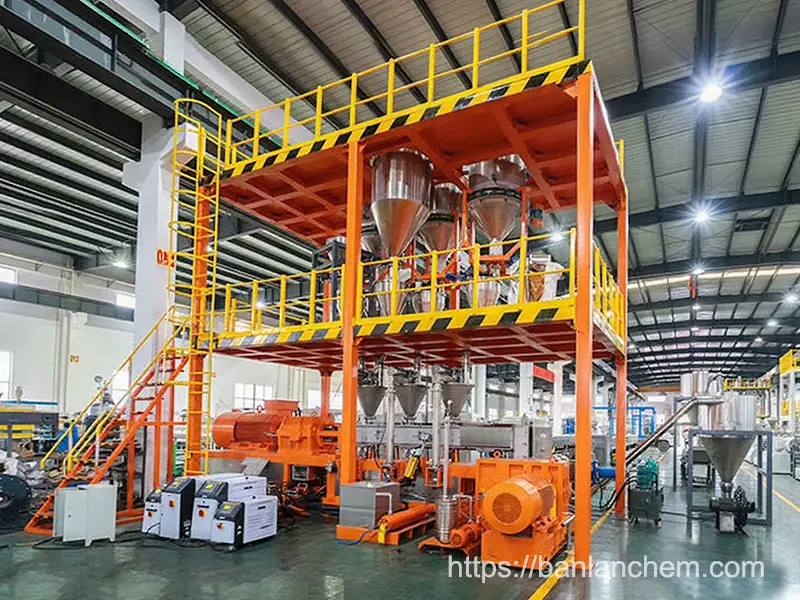
Recommended link: Flame-retardant ATH grade
2) Artificial Marble & Solid Surface
ATH’s high whiteness, controlled particle size, and pleasant surface feel make it ideal for solid surfaces, vanity tops, and artificial marble. It enables color consistency and processability while maintaining mechanical strength.

Recommended link: High-whiteness filler grade
3) Thermosets, Rubber, Coatings, and Sealants
In unsaturated polyester (UPR), epoxy, acrylic, and rubber systems, ATH serves as a multifunctional filler: it improves flame retardancy and smoke performance while contributing to cost control and surface finish. Surface-treated grades enhance dispersion and mechanical properties (see surface modification guide).
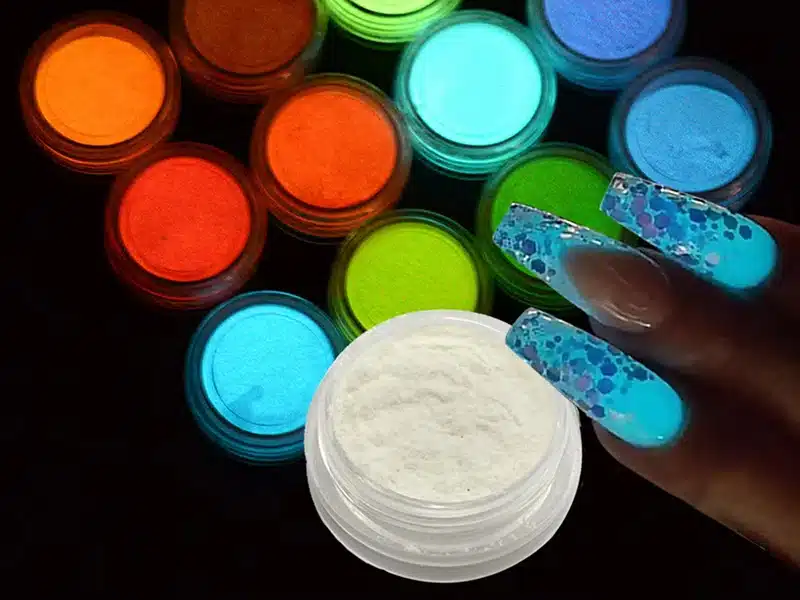
4) Paper, Building Materials & Other Uses
ATH can be used as a white pigment/filler in paper and in certain building materials requiring flame retardancy and whiteness. It is also a transitional raw material toward alumina in thermal processes.
5) Feedstock for Alumina & Advanced Alumina Materials
On calcination, Al(OH)3 converts into alumina (Al2O3), which is used in ceramics, abrasives, and refractories. If your application targets alumina-based materials, see: White Fused Alumina.
Grade Selection Guide
Choose grades based on end-use and processing:
- LSZH Cable: focus on low Na2O, consistent moisture, and controlled particle size for extrusion; consider wet-process ATH for dispersion.
- Artificial Marble: prioritize high whiteness, narrow PSD, and surface treatment for high loading and smooth finish.
- Coatings/Sealants: microfine or surface-treated grades improve dispersion and mechanical balance in liquid systems.
- Optical/High-purity: select 3N high-purity ATH for sensitive, low-impurity applications.
FAQs
Is aluminum hydroxide the same as alumina?
No. Aluminum hydroxide is Al(OH)3 (also called ATH). Alumina is Al2O3. ATH can be thermally converted to alumina; they serve different roles in industry.
Why is ATH considered halogen-free?
ATH contains no chlorine or bromine. Its flame-retardant action relies on endothermic dehydration and water release, providing halogen-free performance with low smoke/toxic gas.
Do I need surface-treated grades?
Surface treatment (e.g., stearic acid, silane) can improve dispersion, mechanical properties, and processability at high loadings. See: surface modification.
What are typical loadings in polymers?
Formulation-dependent. ATH is often used at 30–60% by weight in LSZH cable compounds; your optimum depends on targeted standards and mechanical/processing requirements.
Request Samples & Technical Support
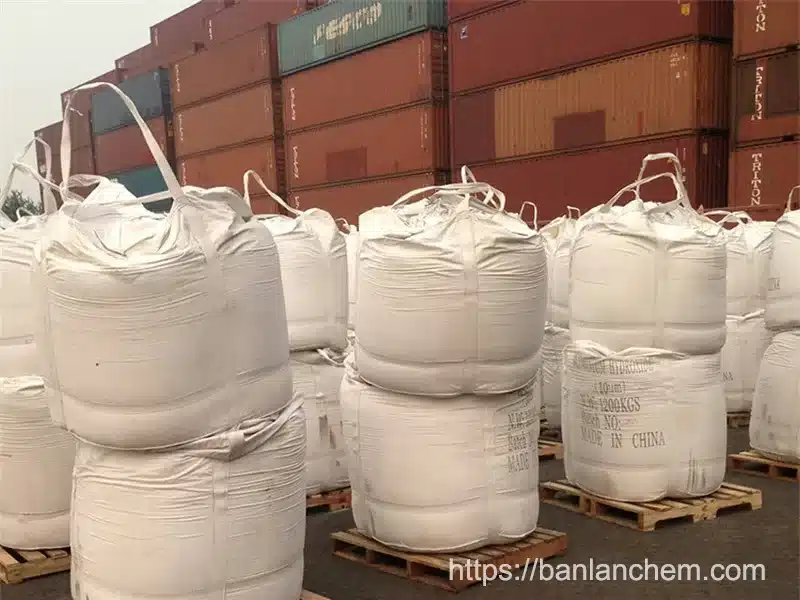
Banlanchem supplies tailored ATH grades for cable compounds, artificial marble, coatings, and more. Request a free sample or data sheet to identify the best particle size/whiteness/surface treatment for your line:


